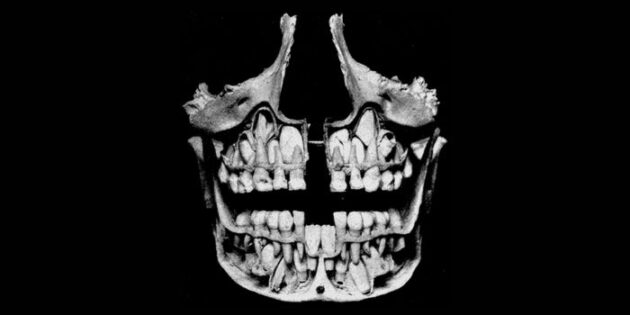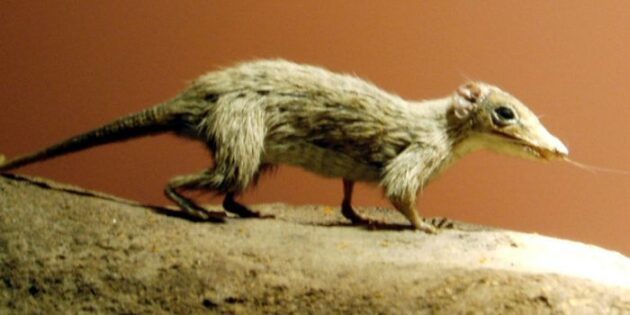People belong to the so-called diphyodonts M. Buchtová, J. Štembírek, K. Glocová, E. Matalová, A.S. Tucker. Early Regression of the Dental Lamina Underlies the Development of Diphyodont Dentitions / Journal of Dental Research — that is, animals with two sets of teeth that change as they grow up. These are almost all mammals, even your cat. Exceptions: elephants, kangaroos and manatees, which are polyphiodonts. They have new teeth growing all the time.
In humans, baby teeth begin to M. Bath‑Balogh, M. J. Fehrenbach. Illustrated Dental Embryology, Histology, and Anatomy, 2011 to form inside the jaw at the embryo stage, about the sixth week of development. The first incisors erupt at about 8-12 months, canines at 16-22 months, and molars at 23-33 months. There are 20 temporary teeth in total: 10 from above and the same number from below.
They are needed for a variety of reasons. First of all, baby teeth serve M. Bath‑Balogh, M. J. Fehrenbach. Illustrated Dental Embryology, Histology, and Anatomy, 2011 as a kind of guides for their "permanent" brethren who grow up under them. And they are also necessary to maintain the normal shape of the jaw at an age when it is still too small to accommodate a full "adult" set.

As the jaw grows, permanent teeth gradually push out the milk teeth, destroying their roots. They take the place of dairy analogues, and at the same time are added to them M. Bath‑Balogh, M. J. Fehrenbach. Illustrated Dental Embryology, Histology, and Anatomy, 2011 12 new molars — for improved chewing. The replacement process is usually completed by the age of 13.
In addition to preparing a place for permanent teeth, milk teeth are necessary M. Bath‑Balogh, M. J. Fehrenbach. Illustrated Dental Embryology, Histology, and Anatomy, 2011 in order for the muscles and bones of the jaws to form normally. And finally, they are useful for children when chewing food. Not all the same, you can get by with milk and porridge alone — at some point you need to move on to the second courses.
But why did evolution need to build this circus with baby teeth at all?
Why not grow permanent ones at once, as polyphidonts do? It would seem that it is much easier for them in this regard: there is no risk of old age remaining toothless, there are no difficulties with stuck baby teeth. But such animals have a problem. The fact is that polyphiodonts have teeth in their mouths at different stages of development, and their jaws cannot Weiss, M. L.; Mann, A. E. (1985), Human Biology and Behaviour: An Anthropological Perspective (4th ed.), Boston: Little Brown fully close up. That means chewing food.
A long time ago, the first mammals were polyphiodonts, like reptiles and predatory dinosaurs, and they tore food apart and swallowed in large chunks. But then our distant ancestors learned to chew prey — their upper and lower dentition began to close.
It would be impossible to develop molars, incisors and canines that would be constantly updated, grow all their lives and at the same time fit exactly together Weiss, M. L.; Mann, A. E. (1985), Human Biology and Behaviour: An Anthropological Perspective (4th ed.), Boston: Little Brown . Therefore, mammals switched to two sets of teeth — a child's and an adult's. And the lizards and sharks continued to swallow their prey almost entirely — they were fine without chewing.

For mammals, chewing has become Weiss, M. L.; Mann, A. E. (1985), Human Biology and Behaviour: An Anthropological Perspective (4th ed.), Boston: Little Brown An important evolutionary step, because it made it much easier and more efficient to digest food and get more energy. The extra calories could be used for a variety of needs, such as brain development or faster running. We would hardly ever have become intelligent creatures if we hadn't been able to close our jaws and chew.
Our civilization, culture, technical achievements — all this became possible because once upon a time, more than 200 million years ago, the first mammals began to grow baby teeth. Surprisingly, it is so. In general, the next time you take your child to the dentist, remember this.